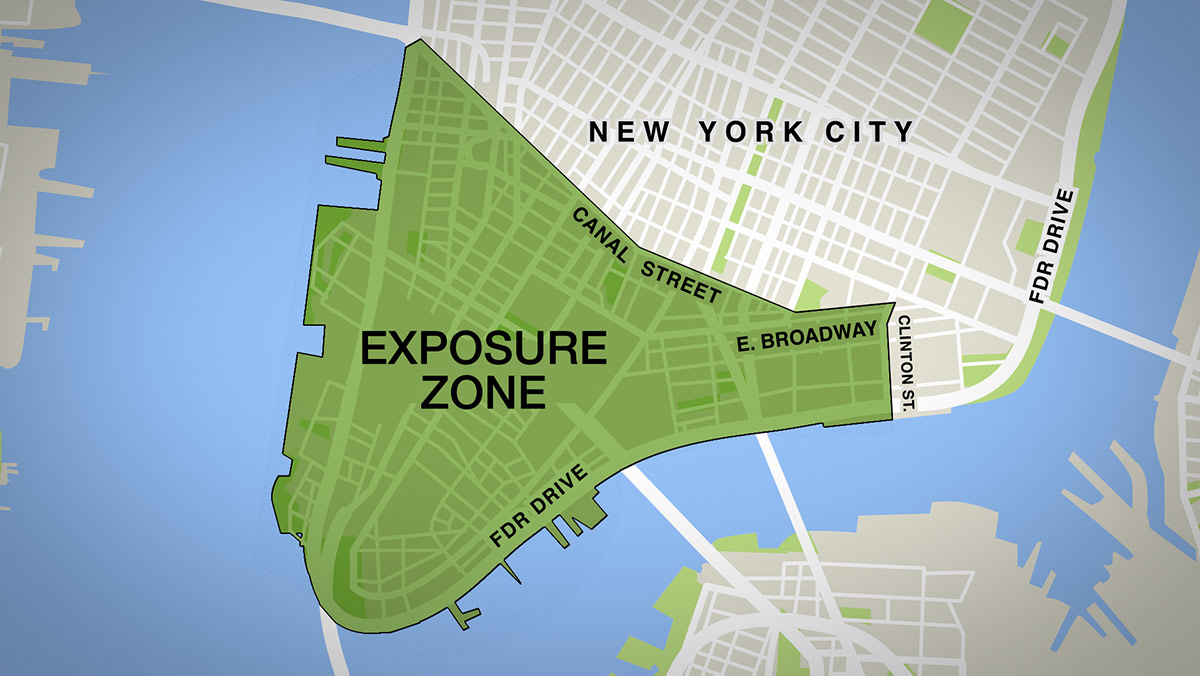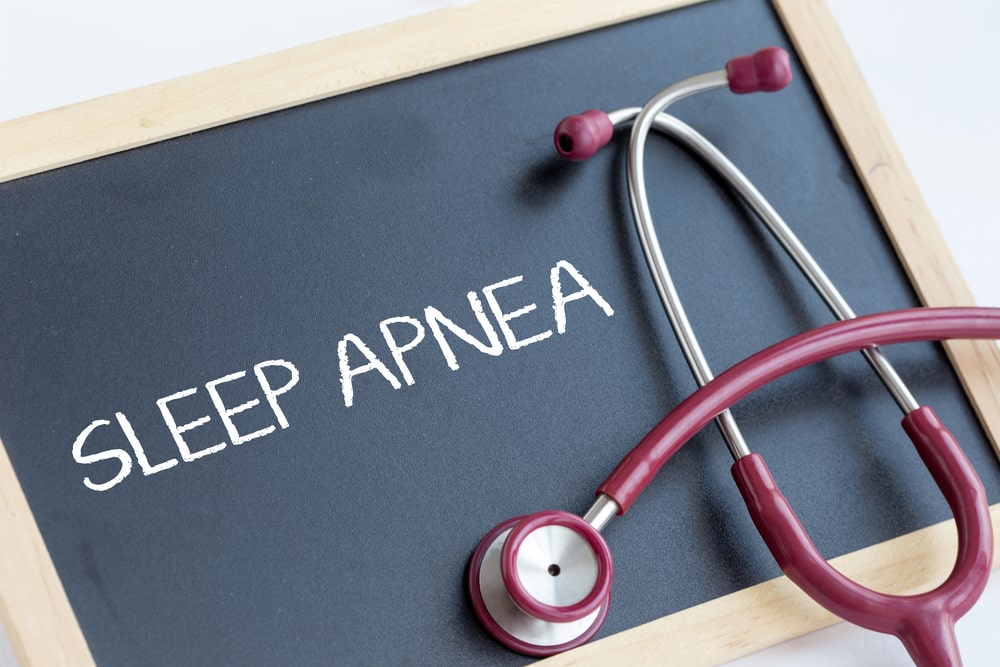Among the many illnesses and injuries resulting from the September 11th terrorist attacks, some of the most dangerous and persistent are those caused by the exposure to WTC dust from the collapse of the World Trade Center building. Described by the medical director of the Mount Sinai Clinical Center for the World Trade Center Program, Dr. Michael Crane, as a “real witches brew,” the dust contained dangerous chemicals, contaminants, and carcinogens such as:
- Benzene
- Volatile organic compounds (VOCs) including dioxins and polychlorinatedbiphenyls (PCBs)
- Cadmium, lead, arsenic, mercury, and other harmful heavy metals
- Asbestos
- Large and small particulates from pulverized concrete and glass that are capable of scratching iron, aluminum and copper
Nearly 118,500 survivors and responders are enrolled in the World Trade Center Health Program (WTC Health Program), the federal program that offers “high-quality, compassionate healthcare to those directly affected by the September 11th terrorist attacks.” In the more than two decades since the attacks, many of those who had exposure to the WTC dust and inhaled its toxic contents are being diagnosed with 9/11-related diseases and conditions, including aerodigestive disorders, cancers, and neuropathy.
What Is Peripheral Neuropathy?
According to the National Institute of Neurological Disorders and Stroke (NINDS), part of the National Institutes of Health (NIH), peripheral neuropathy “refers to the many conditions that involve damage to the peripheral nervous system, the vast communication network that sends signals between the central nervous system (the brain and spinal cord) and all other parts of the body.” Neuropathy most commonly starts in the hands or feet but other parts of the body may also be affected.
While there are more than 100 “types” of peripheral neuropathy, it’s generally broken down into the following four categories:
- Motor neuropathy: Damage to the nerves that control muscles and the ability to move
- Sensory neuropathy: Causing an inability to feel things such as heat, cold, touch, or pain
- Autonomic neuropathy: May be regarded as especially dangerous, as it involves damage to nerves that control things such as heartbeat and breathing
- Combination neuropathies: Experiencing two or all three of the neuropathy categories
Symptoms of this condition depend on the type of neuropathy and what part of the body is affected but can range from “tingling or numbness in a certain body part to more serious effects such as burning pain or paralysis.” Symptoms include muscle weakness or twitching, cramps, numbness or loss of sensation, tingling (pins and needles), loss of balance or other functions as a side effect of the loss of feeling, issues with bladder control/incontinence, erectile/sexual dysfunction, trouble swallowing, dizziness, sleep disruption—and even emotional disturbances.
Given the litany of symptoms caused by peripheral neuropathy, it is no surprise that left untreated, it can trigger serious complications and long-term effects such as severe infections that may require amputations, Charcot neuropathic osteoarthropathy that causes lower body joint and bone disfigurement, and the body’s inability to properly regulate blood pressure, heart rate, and breathing. Moreover, it may even lead to paralysis or death.
What Can Cause Peripheral Neuropathy?
The leading cause of peripheral neuropathy in the U.S. is diabetes, a chronic health condition that affects an estimated 37.3 million (1 in 10) Americans. However, it is not the only cause. Certain risk factors—such as obesity, heavy alcohol use, and high blood pressure or high cholesterol—can contribute to neuropathy. Occupational causes may include repetitive stress that narrows the path through which nerves run. Trauma from motor vehicle accidents, falls, or sports injuries can also cause neuropathy; as can autoimmune disorders such as lupus, rheumatoid arthritis (RA), or Sjogren’s syndrome and infections from chicken pox, Lyme disease, hepatitis C, or herpes, or health conditions such as kidney disease or liver disorders. It can even result from chemotherapy or abnormal vitamin levels.
Among these many causes of neuropathy is exposure to toxic substances, such as those found in the dust from the destruction of the World Trade Towers.
How Does Exposure To 9/11 Dust Increase The Risk Of Developing Peripheral Neuropathy?
Survivors and responders who were caught in the dust cloud from the September 11th attacks, and those who lived, worked, volunteered for cleanup, or went to school/daycare/adult care in the New York City Disaster Area within a specific period of time were exposed to toxins that cause a number of conditions and diseases—from aerodigestive disorders to cancer.
A controlled 9/11 World Trade Center-related neuropathy study published in the Journal of Occupational and Environmental Medicine (JOEM) reveals the link between toxic dust exposure and paresthesia: a burning or tingling sensation that generally occurs in the extremities. The researchers looked at the likelihood that “post-9/11 exposure to environmental toxins contributed to the neurologic symptoms” among study participants. A number of contaminants associated with neuropathy caused by toxic exposure were found in the WTC dust from heavy metals (particularly lead, mercury, and arsenic), along with solvents like hexane—and even chemical warfare agents.
Toxic neuropathy happens when these dangerous contaminants damage the nerves away from (peripheral) to the brain and spinal cord. The study demonstrated the association between these toxins and an “increased prevalence of clinical and laboratory-test abnormalities indicative of neuropathy among individuals with WTC exposure and paresthesia of the lower extremities.”
Does The World Trade Center Health Program Cover Neuropathy?
The James Zadroga 9/11 Health and Compensation Act of 2010 was signed into law on January 2, 2011, thus creating the World Trade Center Health Program. Since its inception, scores of illnesses, injuries, and physical and mental health conditions have been covered for responders and survivors of the September 11th terrorist attacks on the Pentagon, the crash in Shanksville, Pennsylvania, and especially the World Trade Center. These include everything from acute traumatic injuries to aerodigestive disorders to certain types of cancer. Most recently added in June 2022 was uterine cancer.
At this time, neuropathy is not on the list of certified 9/11-related medical conditions. It should be noted, however, that the Program continues to evaluate petitions for additions to the list of certified conditions.
Learn More About Benefits That May Be Available For 9/11-Related Medical Problems
If you or a family member was exposed to the toxic dust from the September 11th terrorist attack in New York City and are suffering from a related illness, find out about the benefits that you may be entitled to—including no-cost medical monitoring and treatment for certified health conditions and financial compensation through the September 11th Victim Compensation Fund (VCF). To discuss your situation with an experienced Weisfuse & Weisfuse, LLP compensation lawyer, please call us at 332-239-1688 or contact us online to schedule a free and confidential consultation.






